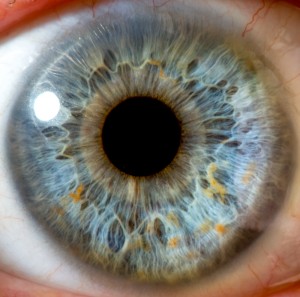 An anxiety unlike anyone has ever before felt falls over every patient who visits the doctor. The sort of news that patients usually dread are those that leaves surprising and uncompromising repercussions.
An anxiety unlike anyone has ever before felt falls over every patient who visits the doctor. The sort of news that patients usually dread are those that leaves surprising and uncompromising repercussions.
Most patients expect news about their health like obesity, hypertension, or even diabetes. One disease that you certainly would not want to have is glaucoma. It can cause permanent blindness, it’s incurable and it requires lifelong treatment and monitoring.
Glaucoma damages the optic nerve. The optic nerve is what connects the eyes to the brain. Damage to this very crucial nerve is permanent and causes shrinking of the visual field, leading to blindness.
Although commonly without symptoms during the ealy part of the disease, a small percentage of cases of glaucoma have episodes of eye and head pain, blurred vision, redness, headache, vomiting and seeing rainbows around lights. Patients who have high eye pressure, family history of glaucoma, are aged over 45 years old, previous eye injury, chronic steroid use, diabetes mellitus, or Asian descent are highly at risk of getting glaucoma.
Remember, for glaucoma, early detection and treatment is the key. Your doctor knows best. Get regular eye exams every six months to two years, depending on your age.
Doctors employ state-of-the-art tests to determine if a patient has glaucoma. Treatment is usually lifelong to prevent permanent blindness. Tests like tonometry, ophthalmoscopy, perimetry, gonioscopy and pachymetry are usual jargons heard for diagnosing glaucoma. A regular glaucoma check-up includes measuring eye pressure (tonometry) and viewing the optic nerve (ophthalmoscopy).
Tonometry
Tonometry measures eye pressure within the eye. High eye pressure is damages the optic nerve. Doctors use eye drops to numb the eye. A tool called tonometer is then used to measure the inner pressure. The instrument touches a very small portion of the eye and is usually painless. The normal range of pressure is 10-21 millimeters of mercury. Eye pressures higher than 21 mm of mercury increases the risk of developing glaucoma
Ophthalmoscopy
For ophthalmoscopy, additional lenses are placed in front of your eye to visualize the optic nerve. The bright light may cause some glare and discomfort. It may be necessary in some cases to dilate the pupils of the eye with eyedrops to enhance the view of the optic nerve.
If the pressure within your eye is not normal or if your optic nerve looks unusual, then the doctor may ask you to take two more tests: perimetry and gonioscopy.
Perimetry
Perimetry is a test that maps out your overall field of vision. If glaucoma has been diagnosed, then this test should be done at least twice a year to determine changes in your vision.
Gonioscopy
In gonioscopy, eye drops are also used to numb the eye. Additional lenses come into contact with the eye causing minimal discomfort. The test will determine the status of the drainage channels of the eye.
Pachymetry
Pachymetry measures the thickness of your cornea, the outer film that covers the outer part of your eye. The thickness of the cornea affects measurements of eye pressure
In examining and eradicating glaucoma from the Philippines, patients need to completely trust their eye doctors. After all, doctors know best.
Comments
One response to “Doctors know best: How your eye doctor knows you have glaucoma”